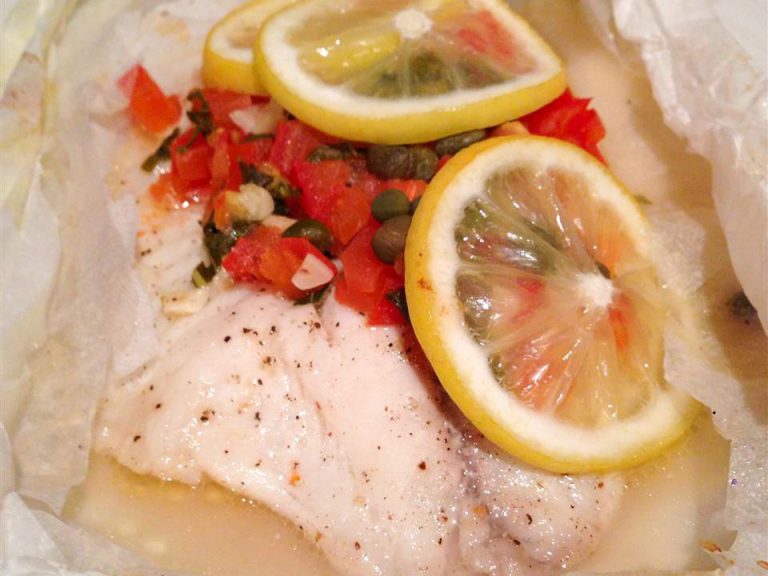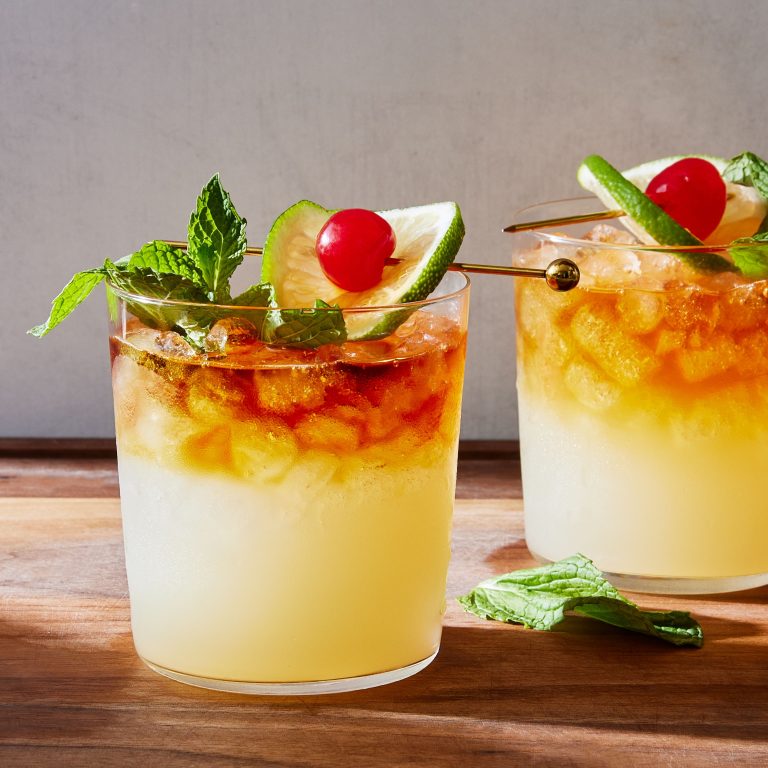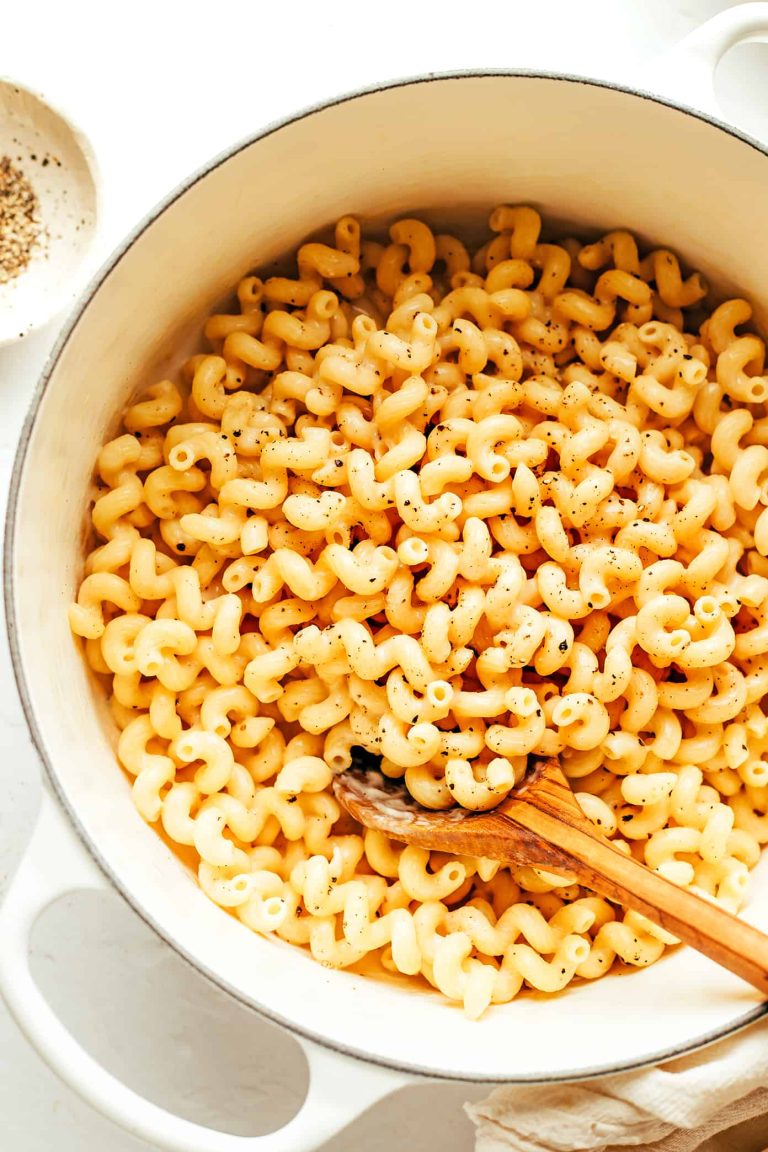Puerto Rican Rice And Beans Recipe: A Flavorful and Nutritious Classic
Puerto Rican rice and beans, also called “Arroz con Habichuelas,” reflect centuries of cultural exchange and adaptation. When Spanish colonizers arrived in the 15th century, they brought rice, which eventually became a staple. Beans, already grown by indigenous Taíno people, combined with rice to form a hearty, nutritious meal. Over time, African slaves and laborers influenced the dish by incorporating new spices and cooking techniques. The result is a flavorful dish deeply rooted in the island’s colonial and indigenous history.
Regional Influences
Regional variations of Puerto Rican rice and beans show the island’s diverse cultural tapestry. In coastal areas like Loíza, you’ll find dishes with coconut milk and seafood, reflecting the African influence. Mountain regions like Utuado often use root vegetables and herbs in their recipes, showcasing local agricultural practices. Urban centers like San Juan might incorporate ingredients like olives and capers, influenced by Spanish cuisine. These regional nuances not only diversify the dish but also tell a story of migration, trade, and community.
By understanding the historical context and regional influences, you gain a deeper appreciation of Puerto Rican rice and beans.
Ingredients Used in Puerto Rican Rice and Beans
Essential Spices and Herbs
Puerto Rican rice and beans rely on a mix of spices and herbs that create its characteristic flavor. Key spices include cumin, which adds a warm, earthy flavor; oregano, known for its aromatic properties; and bay leaves for a subtle bitterness. You will also find paprika, which provides a mild sweetness and deep color.
Herbs like cilantro and culantro are vital. Culantro, similar to cilantro but with a stronger taste, is often used for its distinctive flavor. Sofrito, a blend of bell peppers, onions, garlic, and tomatoes, is the aromatic base essential to many Puerto Rican dishes.
Bean Varieties and Rice Types
Common beans used in Puerto Rican rice and beans include pink beans, pinto beans, and red kidney beans. Pink beans are soft with a slightly sweet flavor, while pinto beans offer a creamy texture and rich flavor. Red kidney beans are robust and retain firmness after cooking.
For rice, medium-grain rice is preferred. Its balance between fluffy and sticky makes it ideal for absorbing flavors. Sometimes, short-grain rice like Arborio is used, valued for its creamy texture that enhances the dish’s consistency.
Enhancing Ingredients
To enhance flavors, Puerto Rican rice and beans often include additional ingredients. Green olives and capers add a tangy, briny flavor. Tomato sauce or paste enriches the dish with umami. Chorizo or ham can be used for added depth and richness.
Incorporating these ingredients in the right balance is crucial to achieving the authentic taste of Puerto Rican rice and beans. Experiment with quantities to match your flavor preferences and celebrate this culinary tradition.
Cooking Techniques for Authentic Flavor
Sofrito: The Flavor Foundation
Sofrito forms the base for many Puerto Rican dishes, including rice and beans. To create an authentic sofrito, blend ingredients like green bell peppers, onions, garlic, cilantro, and ají dulce peppers. Cook the mixture in olive oil until fragrant and slightly caramelized. Incorporate sofrito into the cooking process at the beginning to infuse the dish with rich, complex flavors. Authentic sofrito enhances the rice and beans, providing a consistent, aromatic base layer.
The Right Cooking Method
Use a caldero for the best results when making Puerto Rican rice and beans. This pot helps achieve the perfect texture for the rice. Begin by sautéing the sofrito along with your choice of protein, like chorizo or ham. Add rice, water, and beans to the pot, stirring to combine. Bring the mixture to a boil, then lower the heat, cover, and let it simmer. Cook until the rice is tender and has absorbed all the flavors. Avoid lifting the lid too often, as it disrupts the cooking process and affects the final texture. Authentic cooking techniques ensure the dish remains true to its roots and delivers the desired taste and texture.
Popular Variations of Puerto Rican Rice and Beans
Geographic Variations
Geographic variations of Puerto Rican Rice and Beans stem from different regional preferences and ingredients. In the coastal areas, seafood like shrimp and octopus often accompany the dish, enriching it with marine flavors. Mountain regions prefer heartier versions, incorporating ingredients such as root vegetables like yuca and malanga. Recipes from the southern part of the island may include plantains or guanimes, adding a slightly sweet touch to the savory dish. Each regional twist emphasizes local produce and culinary traditions, enriching the dish’s diversity.
Family Recipes and Modern Twists
Family recipes and modern twists on Puerto Rican Rice and Beans showcase personal touches and contemporary adaptations. Traditional family recipes often include secret sofrito blends, passed down through generations. Some families enrich the dish with pork or smoked ham for added depth. Modern twists bring innovation, substituting white rice with healthier alternatives like quinoa or brown rice. Chefs may experiment by adding vegetables like kale or sweet peppers, enhancing nutritional value. These variations keep the classic dish relevant while preserving its cultural essence.
Health Benefits and Nutritional Values
Dietary Considerations
Eating Puerto Rican Rice and Beans can be a nutritious option if you consider dietary needs. Combining rice and beans creates a complete protein source, essential for muscle repair and growth. According to the USDA, this dish provides important nutrients like dietary fiber, iron, and magnesium, which support digestion and boost energy levels. For those watching sodium intake, use dried beans instead of canned to reduce added salt. Additionally, selecting brown rice over white rice increases fiber content and enhances heart health. Vegan and vegetarian diets benefit greatly from this dish, as the absence of animal products makes it a plant-based protein powerhouse.
Balancing Flavor with Health
Maintaining the authentic flavor of Puerto Rican Rice and Beans while focusing on health is achievable. Traditional seasonings like sofrito add flavor without extra calories or fat. Use fresh herbs and spices like cilantro, garlic, and bell peppers to enrich the taste profiles while keeping the dish healthy. Opt for leaner cooking methods, such as using olive oil instead of lard, to reduce saturated fat intake. Also, incorporating more vegetables like diced tomatoes and carrots into the recipe adds vitamins and antioxidants, enhancing both taste and nutrition. By making mindful ingredient swaps, you can enjoy this culturally rich dish without compromising your health.
Conclusion
Puerto Rican Rice and Beans, or “Arroz con Habichuelas,” is more than just a meal; it’s a celebration of culture and heritage. By understanding its roots and experimenting with regional variations, you can appreciate the dish’s versatility and depth. Whether you’re sticking to traditional recipes or exploring healthier modern twists, this dish offers a nutritious and flavorful experience. So grab your caldero and get ready to bring a taste of Puerto Rico to your kitchen. Enjoy the journey of creating a dish that’s as rich in history as it is in flavor.






